Overview of Communication Utilities in Australia.
Welcome to a comprehensive guide on communication utilities! In this blog, we’ll explore the different types of communication utilities, how to identify them, and the potential pitfalls you should be aware of.
To start, let’s establish a general overview of communication networks, the types of networks and cables used, and the details of each cable.
We’ll then move on to a more detailed look at communication utilities, including public Telstra communication pits, private/residential Telstra pits, and asbestos communication pits. From there, we’ll explore the different types of communication utility pipes and cables, and how to report damage of these pipes and cables.
Telstra Global Network Trunks
The largest and most important type of communication networks is Telstra’s global network trunks. These trunks are critical, and any strikes can cause up to $1 million in damages per minute. Servers are also critical components of communication networks, as they are the storage for the internet.
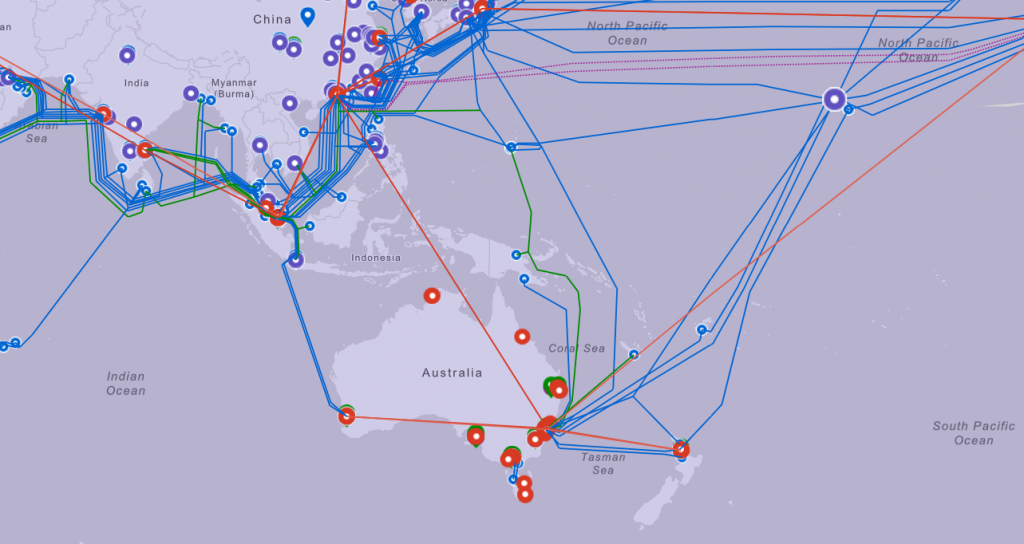
When it comes to the types of networks and cables used, there are a few main categories. Communication networks can be local or global, wired or wireless, public or private, and centralized or decentralized.
Telstra Exchange Facilities
An communication exchange is a node in a telecommunications network that houses access, control, switching, and charging and relaying communications through a given network.
Having the correct permissions like Telstra Exchange Building Access (TEBA) is important to locate these types of facilities, A TEBA gives access to floor space and facilities such as security, electricity, cable trays and interconnection cables in Telstra exchange buildings.
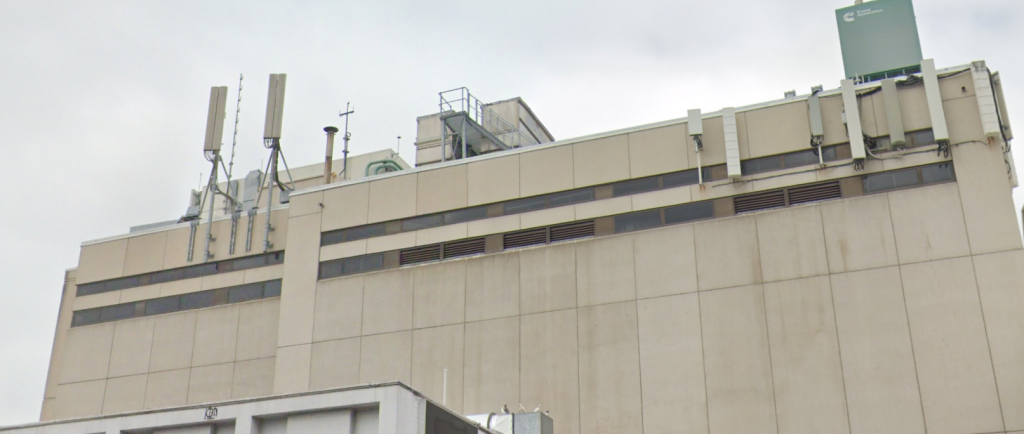
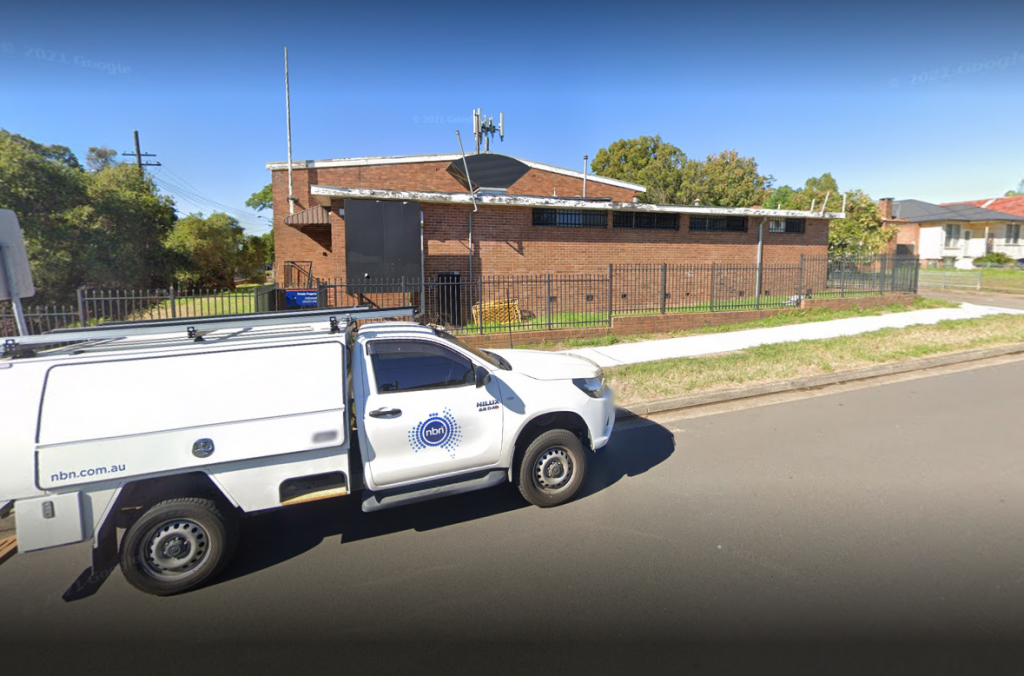
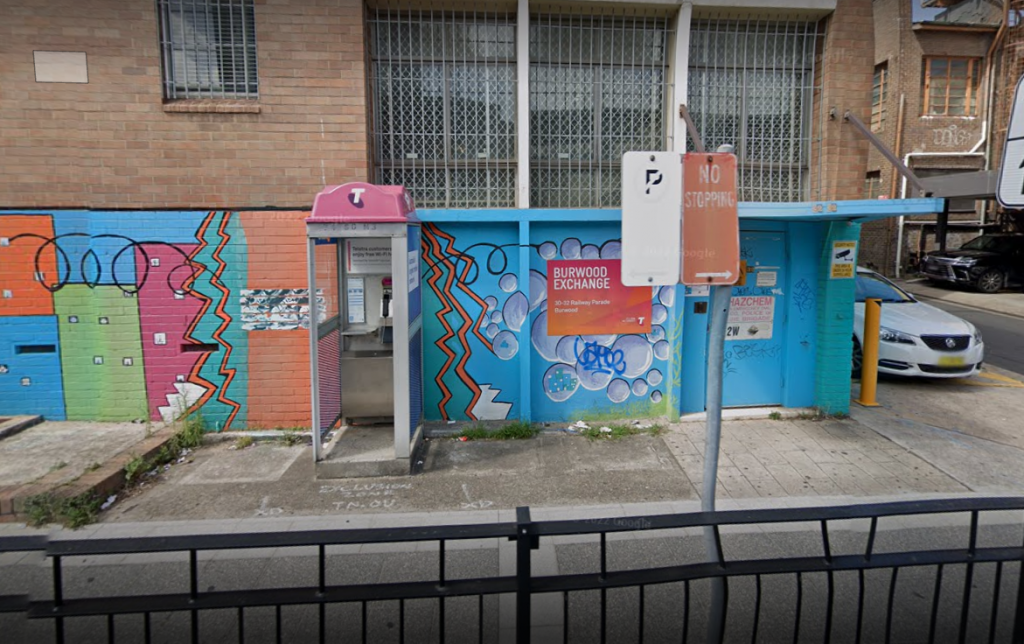
Public Telstra Communication Pits
Public Telstra communication pits are the most common types of communication utilities. These pits are class B AS 3996 and are usually labeled as P1,P2, P5 and P9. It is important to have the correct permissions, such as Telstra Exchange Building Access (TEBA), in order to gain access to floor spaces and facilities such as security, electricity, cable trays, and interconnection cables in Telstra exchange buildings.
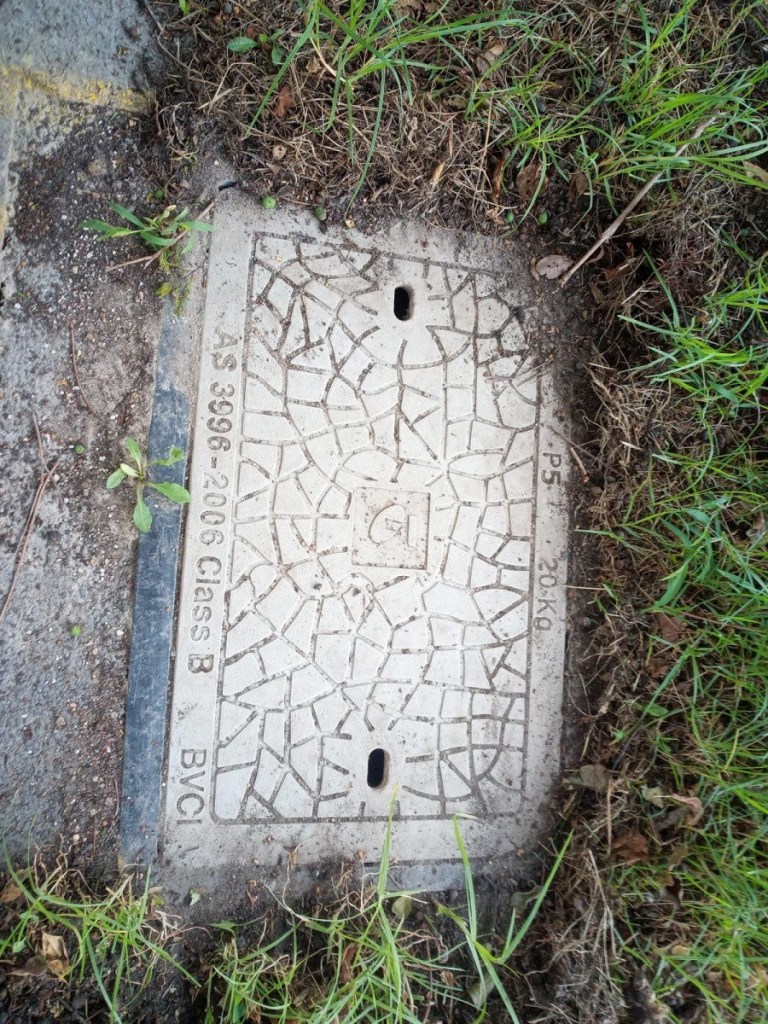
P5 Telstra Pit Class B AS 3996
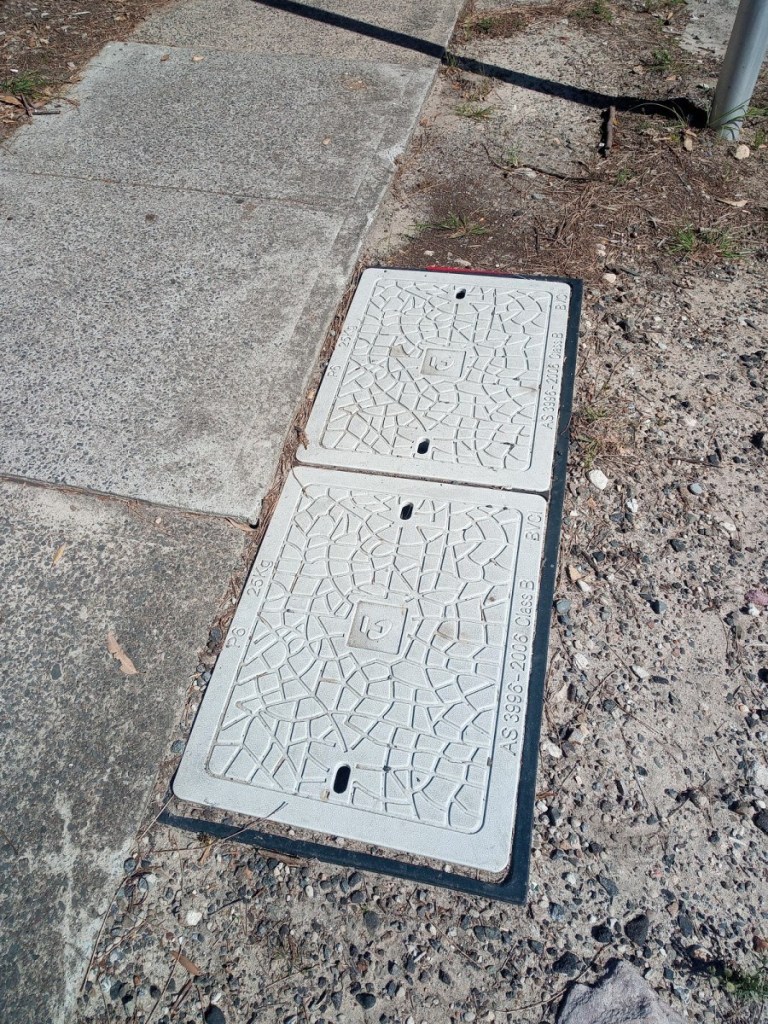
P6 Telstra Pit Class B AS 3996
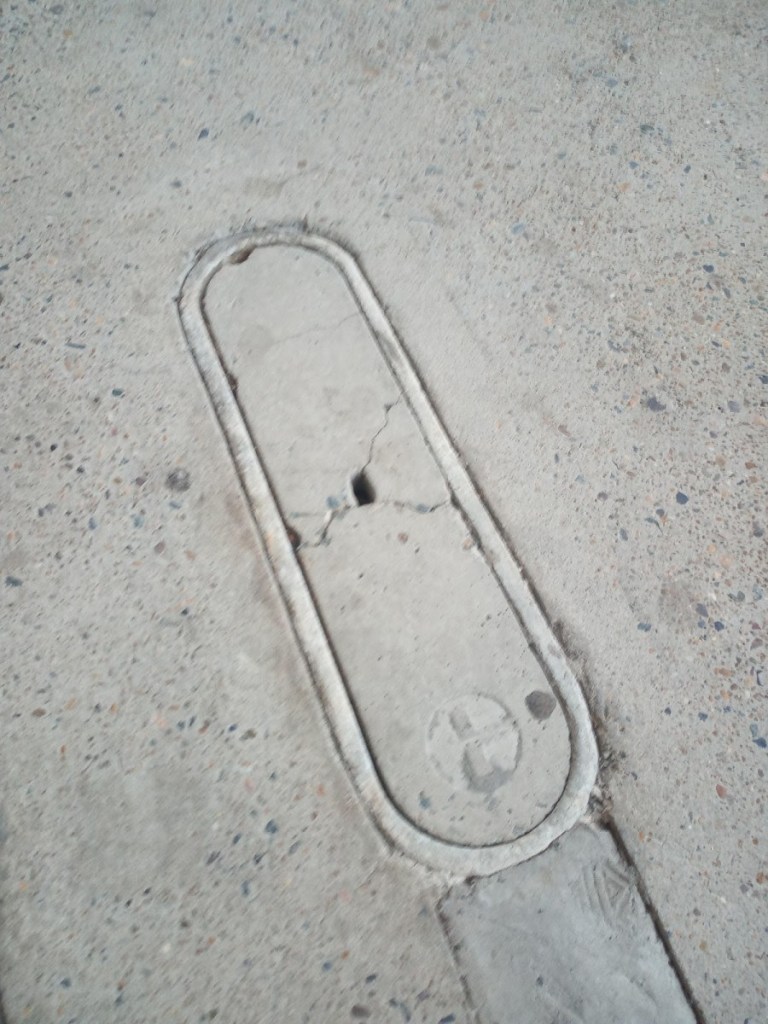
P1 Telstra Pit
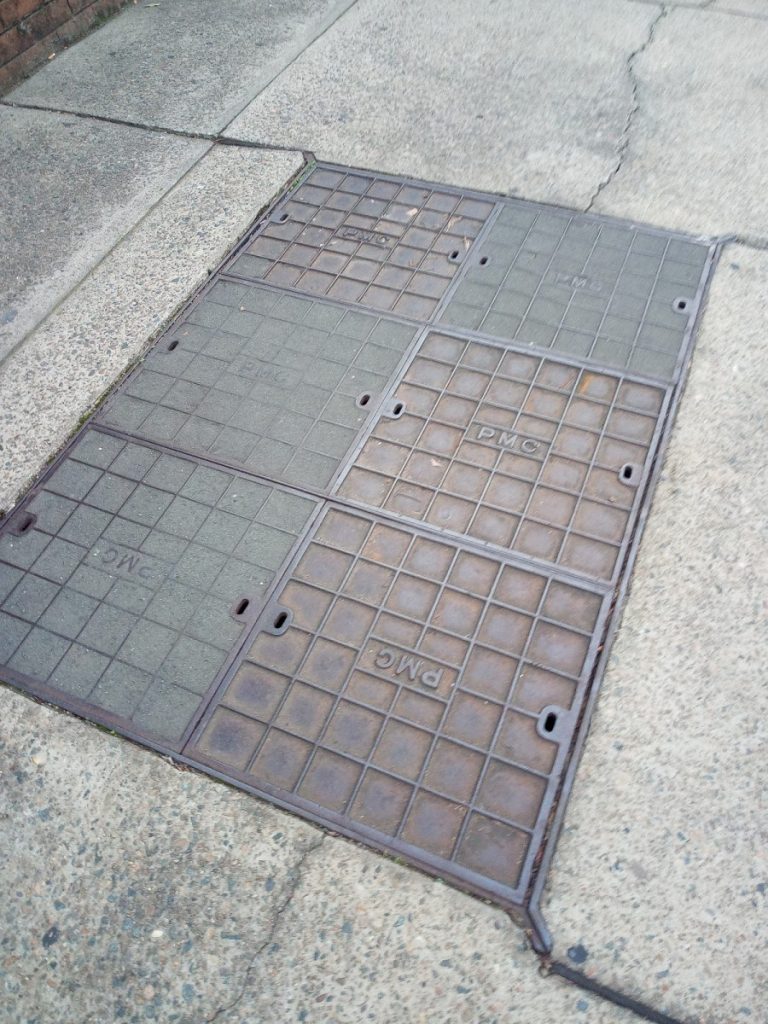
P9 Post Master General PMG Pit
Private/Residentials Telstra Communication Pits
Private/Residentials Telstra Communication Pits Private/residential Telstra communication pits are also common, though these usually don’t require an onsite utility pit unless the building is of commercial use.
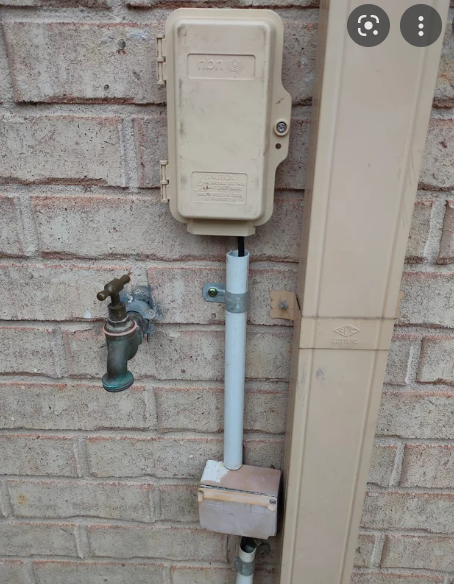
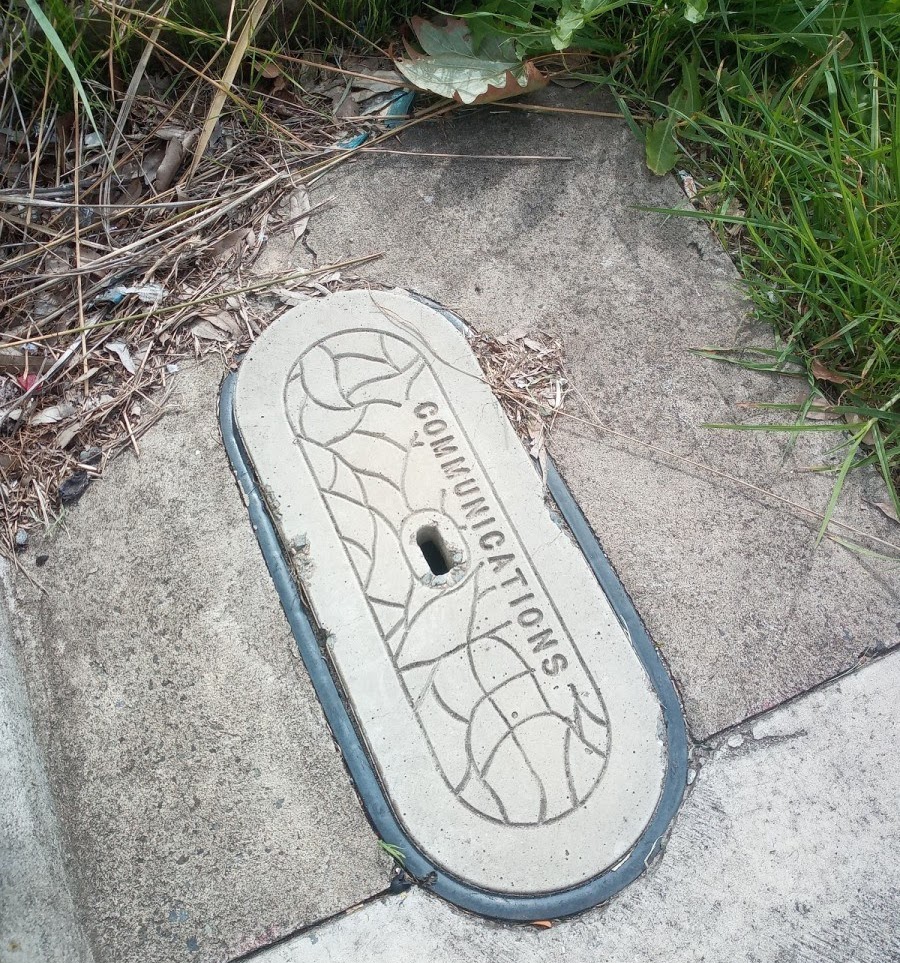
Small residential properties that have less then 50m to connect to the building will not need a onsite utility pit. However, if a building or property is of commercial use, it probably will have one or more communication utility pits before connection to a central communications room, node or buildings.
Asbestos Communication Pits
The utility pit schedule for asbestos pits in Sydney is to be remediated overtime when the pits become unsafe, broken, or the asbestos becomes friable. Caution and all safety precautions should be taken when dealing with these pits.
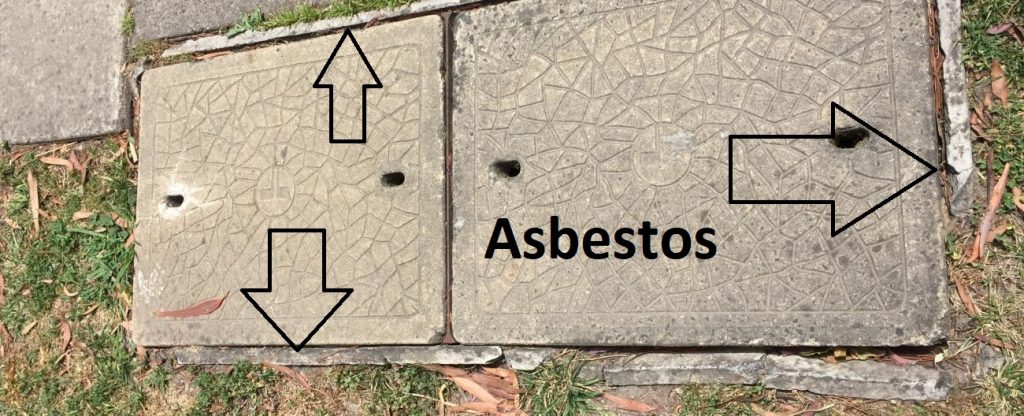
asbestos pit
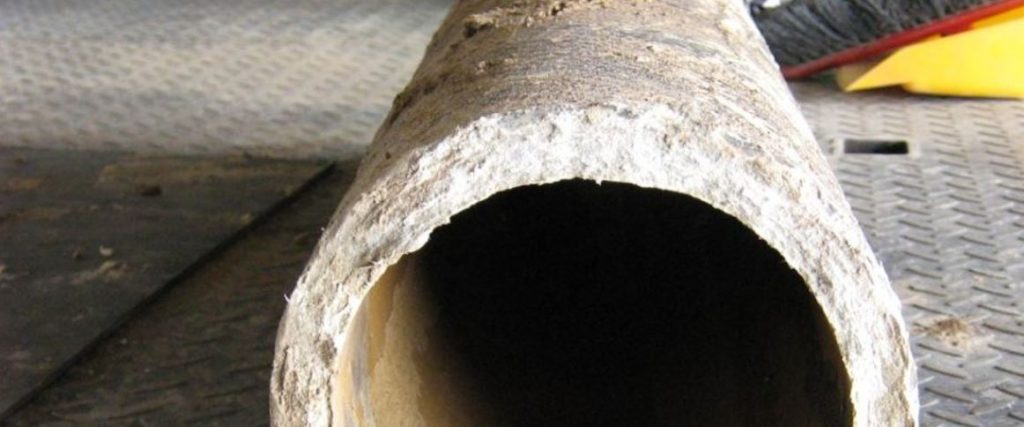
asbestos pipe
Types of Communication Utility Pipes and Cables
Types of Communication Utility Pipes and CablesStandard communication pipes usually come in 10mm, 20mm, 50mm, and 100mm diameters and are usually white plastic conduits. Cables come in a variety of forms, including coaxial copper cables (usually black and used for cable TV and telephone networks),
Standard Communication Pipes
-10mm
-20mm
-50mm
-100mm
Usually white plastic conduits are used for these cables.
Cables
Coaxial Copper Cables: Usually Black, used for Cable TV and Telephone or other communication networks.
Fiber Optic Cables: Black Ribbed, Blue, Green, Pink
These can be single cables or pairs, 2, 10, 20, 50, 100. The larger lots of cables are sometimes referred to as trunks.
Report Damage of Communication Utility Pipes and Cables
Finally, it’s important to know how to report damage of communication utility pipes and cables. If you identify any damage, it’s important to report it immediately to the proper authorities to avoid any potential disaster.
We hope this blog has been helpful in providing an overview of communication utilities. Remember to stay safe and aware when dealing with these utilities, and to report any damage you may find.
